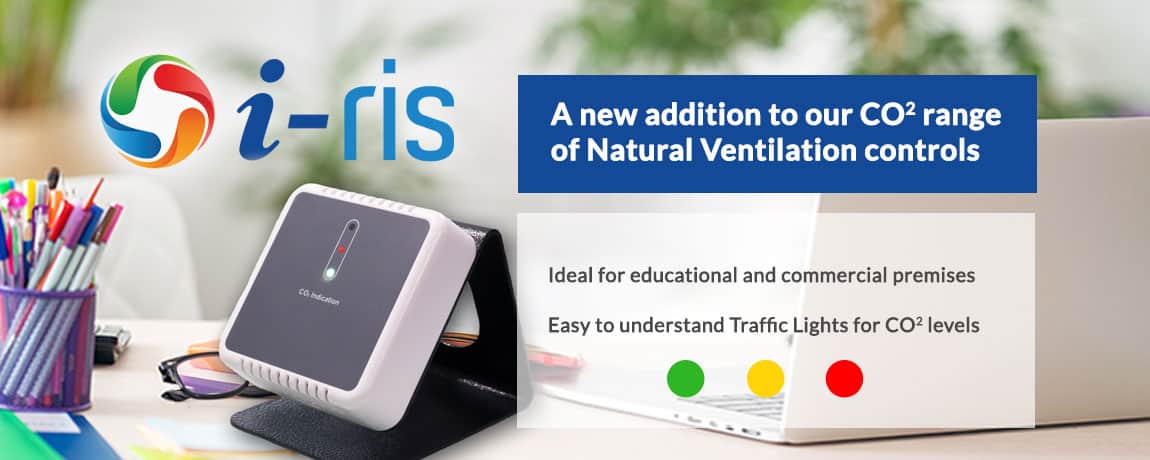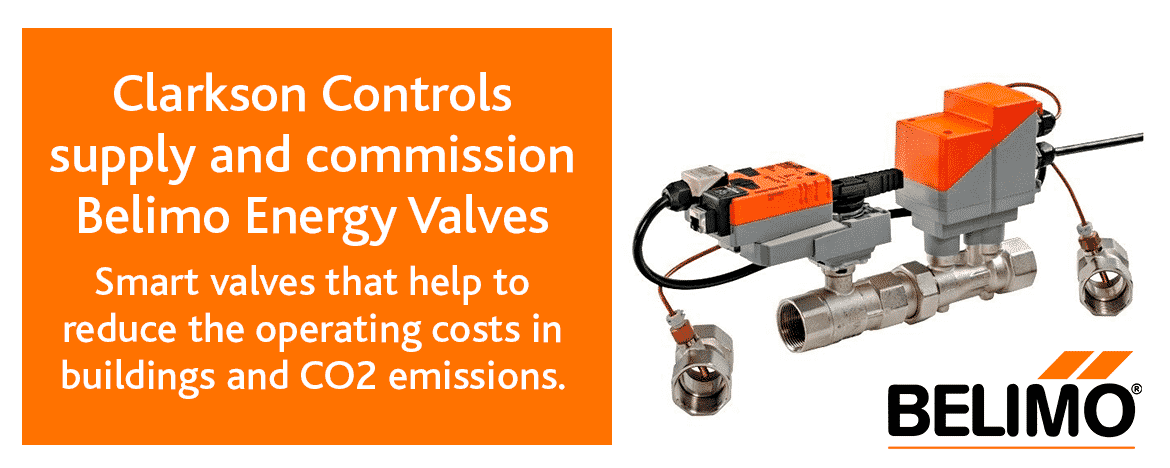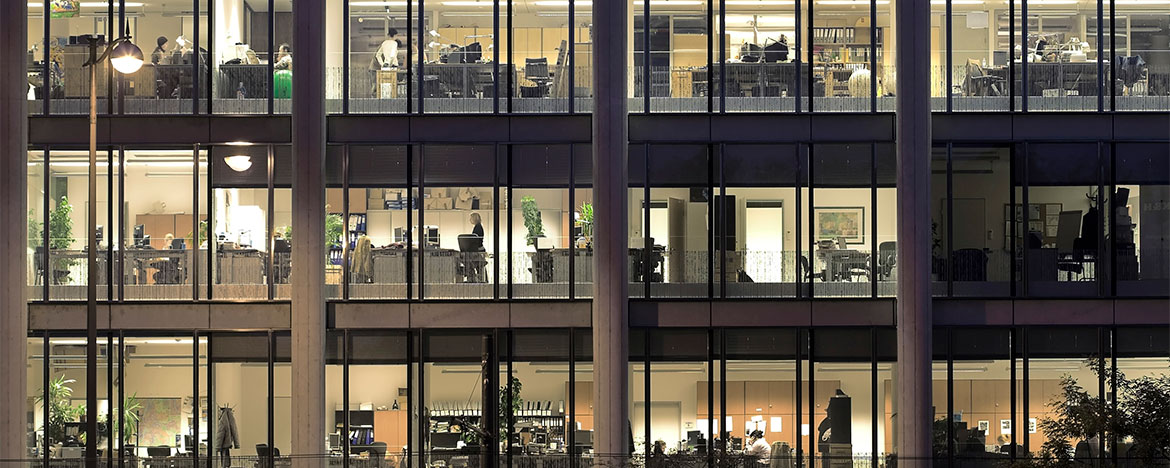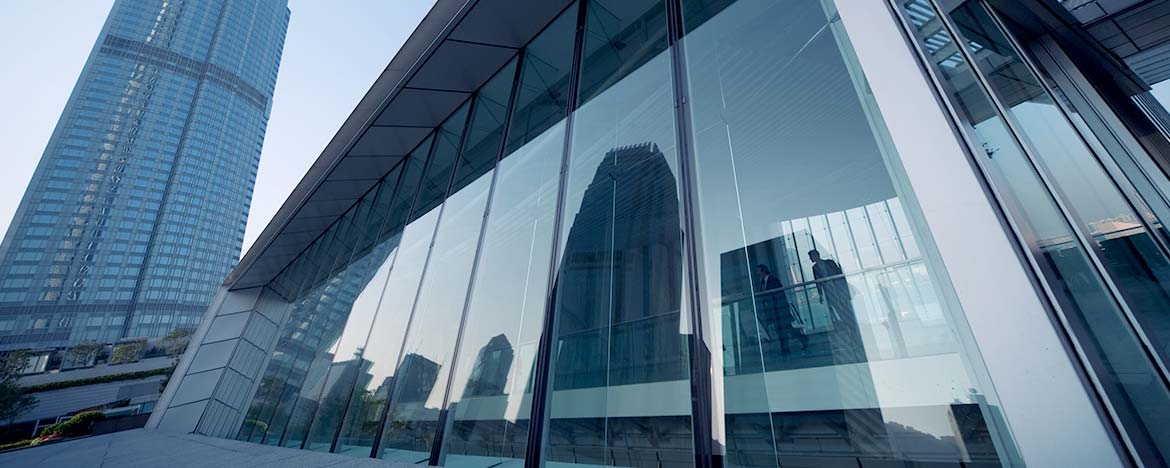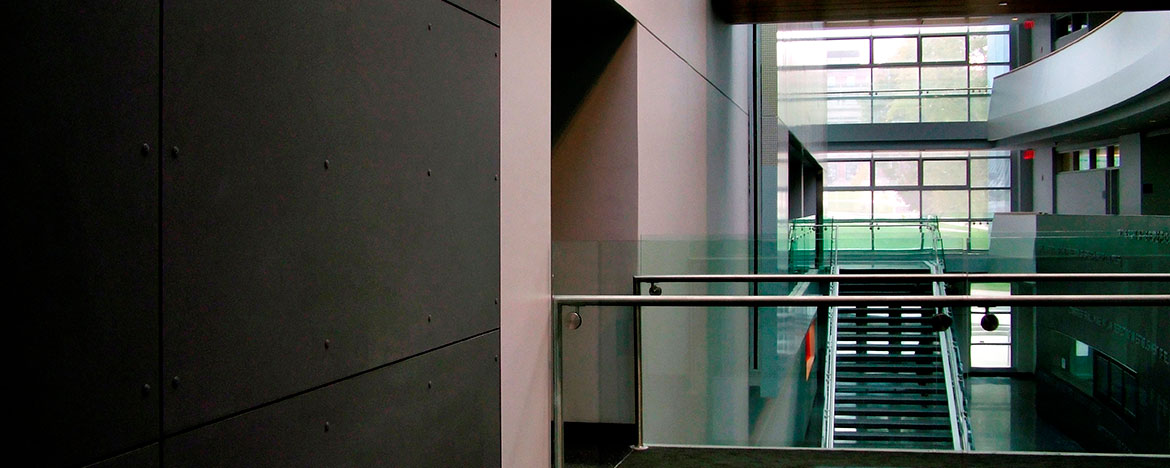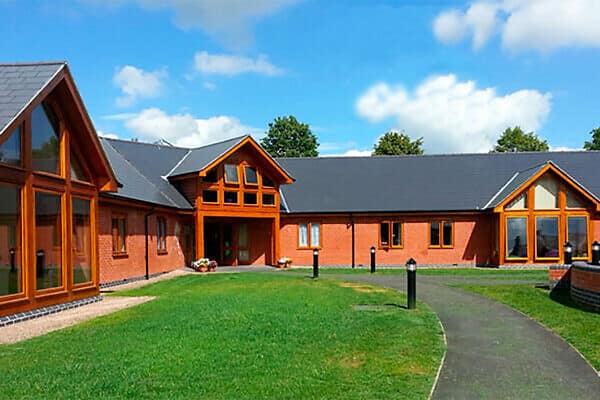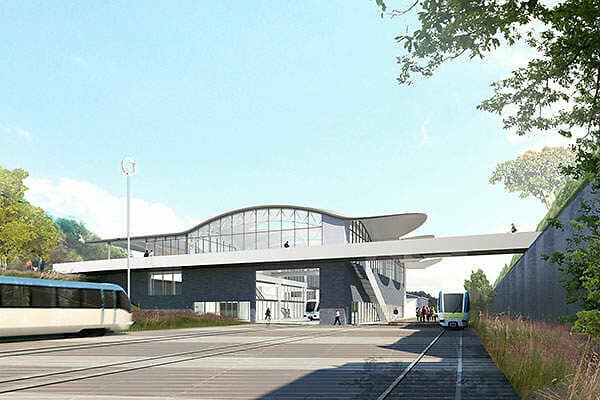Keep it simple for good control Malcolm Anson explains why it is better to take a straightforward approach to controls, rather than swamping users with unnecessary features and technology. Building controls are an important element of new-build and refurbishment projects. According to figures from bodies such as the Carbon Trust, good control can lead to huge savings of anywhere from 15 to 30 per cent on energy bills. At the same time, building managers are increasingly required to collect information on energy use for legislated schemes such as the CRC, DECs and EPCs. The temptation, therefore, to install a high-end Building Management Systems that can supply detailed information about a building’s performance is understandable. Add to this a lack of specialist know-how within main contractors and consulting engineers, and sometimes we find that control systems are being installed that are not appropriate to occupant needs or requirements. All `singing and dancing` systems are not inevitably the answer.
In an era of increasingly intelligent controls, it is still possible and in many cases preferable to offer clients simple solutions that match their requirements. By taking a user-focused approach, the controls are more likely to be used and to have an effect on energy use. The onus is on the consulting and controls engineer to bear the end user in mind when selecting the right controls solution. The main problem is that because control engineers are ‘technically minded’ they can overlook the point that the end-users will not have the same level of understanding. If the LCD display has too much visual clutter, or is not clear in its intent, then people are going to walk away. The zonal controls strategy may be sophisticated, for example managing the interlocks between heating/mechanical cooling/ natural ventilation, – plus providing the necessary energy efficient algorithms. But the point at which the user makes contact with the controls has to be made with the focus on them. I recommend sticking to the mantra of KISS – Keep It Simple, Stupid. From the design of the software to the physical room unit on the wall that will be operated by a non-technical end user, this approach ensures two results above all others: the system will be used more, and used properly.
Why use an LCD display when a simple push button override and `traffic` light indication of CO₂ suffices? Another issue with ‘front-of-house’ control room units is that they are sometimes too easy to misuse and hence to waste energy. Users who alter the temperature or other aspects of a space have a tendency not to re-set the controls when they leave. (TRV syndrome). So we find that the room is being controlled at an unacceptable level for the incoming personnel who change the setting, resulting in further energy usage. This is particularly true in rooms which are used by different people such as meeting areas or in classrooms. In cases like these, the use of an auto-revert product not only ensures the system will return to its defined setting after a set amount of time, but allows the users to exercise at least some degree of control for the period of time they are using the space. Giving users control over their space has been shown to be a very important element of occupant comfort. By using an auto-setting to return to the most energy efficient levels for the building, no one has to worry about switching things off or down. Here we are harnessing the sophistication of modern controls to work with the realities of how users behave within buildings. The use of communications protocols such as BACnet and Modbus, within room devices, allows us to provide sophisticated control solutions, but retain user ease of use. Back in the plant room, panel mounted LCD screens can also become very difficult to navigate if not clearly thought-out. Here engineers need to think through how screens are used, and make it logical. We need to bear in mind that a number of different people may be using the screen, so they will have different levels of familiarity with it. This includes using terminology that the users can get to grips with. Instead of using generic terms such as ‘Zone One’ and ‘Zone Two’, it is far better to use the terms that the users understand: Science room; English Room and so on. Web Browsing controllers are now also with us so we need to apply the above LCD criteria to how pages are displayed. These messages are not aimed at contractors and consultants alone. The controls industry itself needs to pay attention to how people use technology and adapt products to that. We are all now familiar with highly advanced technology such as smart phones, but these have been designed to be usable out-of-the-box. The controls industry needs to take note of this approach. In conclusion, an uncomplicated approach to controls will offer the fastest route to better energy performance. The system may be sophisticated but it can still be straightforward. It’s simple, when you put it like that. Malcolm Anson, Managing Director of Clarkson Controls, a company which specialises in the design, manufacture and installation of intelligent temperature control and building management systems – www.clarksoncontrols.co.uk

